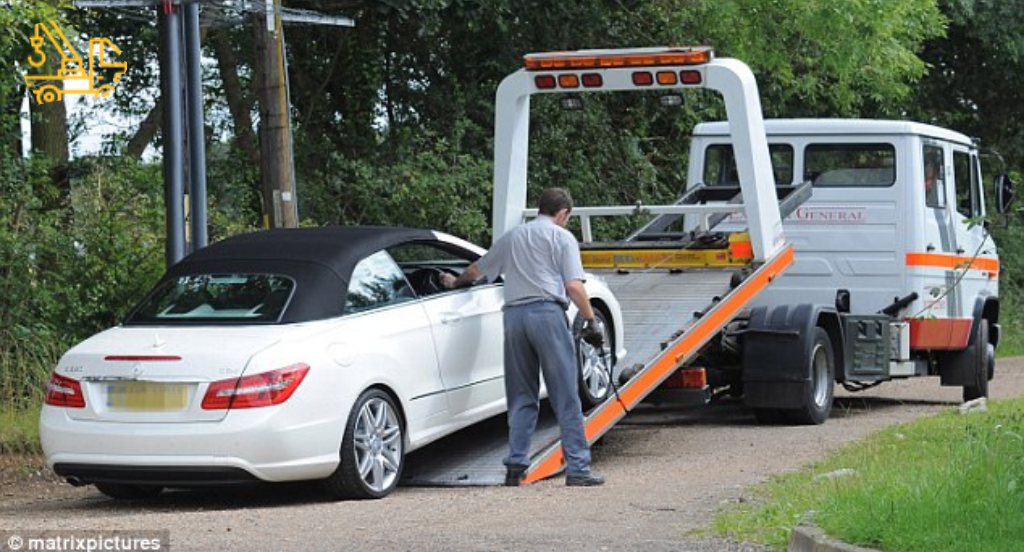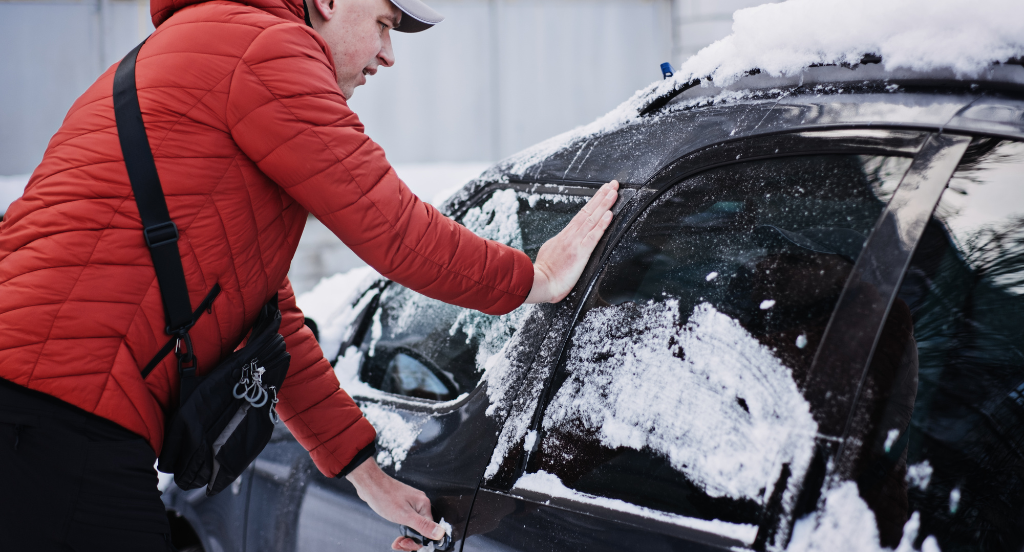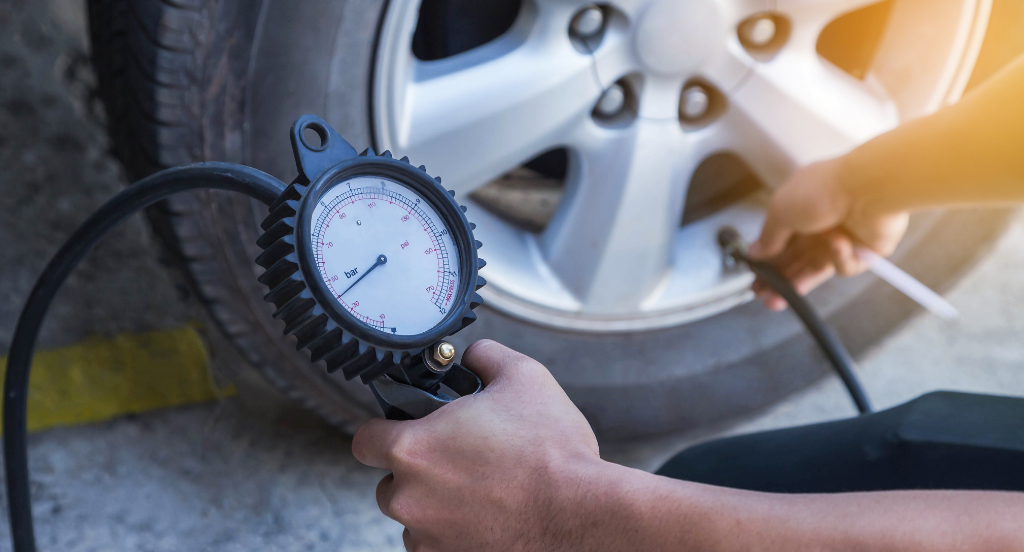Mercedes-Benz Roadside Assistance
Mercedes-Benz vehicles are renowned for their luxury, performance, and cutting-edge technology. Imagine you’re cruising down the highway when your car sputters and stalls. Don’t panic! Mercedes-Benz has a comprehensive Roadside Assistance program that ensures you’ll never be stranded for long. This program will get you back on the road quickly so you can continue your journey.
Sure, most blogs will mention the basics – flat tire changes, jump starts, and fuel delivery. But we’re here to delve deeper, uncovering the hidden gems of this program and the peace of mind it truly offers.
A Safety Net for Unexpected Situations
According to a recent AAA report Source: American Automobile Association, over 40 million drivers experience a dead battery in the United States alone each year. Mercedes-Benz Roadside Assistance goes beyond the usual suspects. Here’s what sets it apart:
Towing Coverage
- A flat tire is one thing, but what if your car encounters a more serious mechanical issue? Mercedes-Benz Roadside Assistance typically covers towing to an authorized dealership, ensuring your vehicle receives expert care check your specific coverage details for limitations on distance and coverage.
Trip Interruption Coverage
Stranded drivers can face a disrupted itinerary, but Mercedes-Benz Roadside Assistance offers trip interruption coverage to ease the burden of meals and lodging while your car is being repaired.
24/7 Availability
- Emergencies don’t happen on a schedule. That’s why Roadside Assistance is available 24 hours a day, 7 days a week, 365 days a year. No matter when you encounter trouble, help is just a phone call or button press away.
High-Tech Solutions for a Seamless Experience
Mercedes-Benz integrates technology into its Roadside Assistance program, making it even more convenient:
Mercedes me App
- The award-winning Mercedes me app allows you to request roadside assistance directly from your smartphone. The app will pinpoint your location and seamlessly connect you with a dispatcher (be sure to download the app and familiarize yourself with it before you need it).
In-Vehicle Assistance Button
Many Mercedes-Benz models come equipped with a dedicated roadside assistance button in the car itself. Simply press the button, and you’ll be connected to a help representative.
Unexpected Perks
The benefits of Roadside Assistance extend beyond immediate emergencies:
Rental Car Reimbursement
The program offers rental car reimbursement in some cases, getting you back on the road faster while your vehicle is repaired.
Travel Planning Assistance
Planning a road trip? Roadside Assistance may even provide travel planning tools and resources to help you map your route and identify authorized dealerships along the way.
Investing in Peace of Mind
Owning a Mercedes-Benz is an investment in luxury and performance. This Assistance adds another layer of value, ensuring you can navigate the road with confidence, knowing that help is always available if needed. So, the next time you hit the open road in your Mercedes, take comfort in the knowledge that comprehensive assistance is just a phone call or button press away.
But what if your Mercedes-Benz isn’t covered by the manufacturer’s roadside assistance program anymore, or perhaps you drive another fantastic car? Don’t fret! Wheel Up Towing is here to provide prompt, professional, and reliable roadside assistance 24/7. Our friendly tow truck operators can handle everything from flat tires and jump starts to towing your vehicle to a repair shop of your choice. We offer competitive rates and prioritize your safety and convenience. So, the next time you encounter car trouble, download the Wheel Up Towing app or call us directly for immediate assistance and get back on the road quickly.




